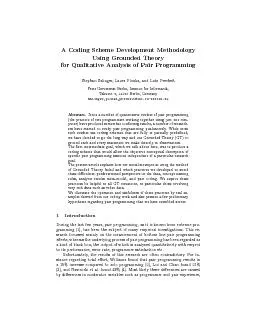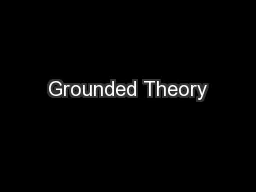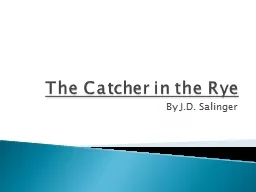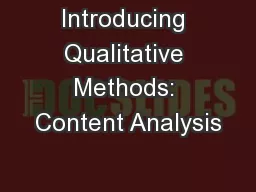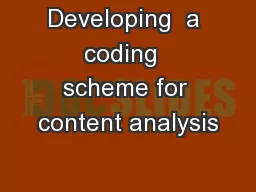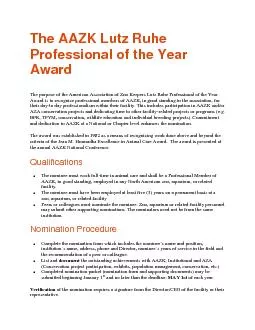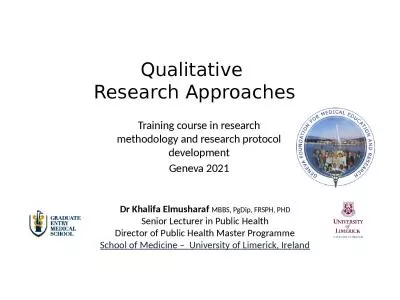PDF-A Coding Scheme Development Methodology Using Grounded Theory for Qualitative Analysis
Author : ellena-manuel | Published Date : 2014-12-12
9 14195 Berlin Germany salingerplonkaprecheltinffuberlinde Abstract Since a number of quantitative studies of pair programming the practice of two programmers working
Presentation Embed Code
Download Presentation
Download Presentation The PPT/PDF document "A Coding Scheme Development Methodology ..." is the property of its rightful owner. Permission is granted to download and print the materials on this website for personal, non-commercial use only, and to display it on your personal computer provided you do not modify the materials and that you retain all copyright notices contained in the materials. By downloading content from our website, you accept the terms of this agreement.
A Coding Scheme Development Methodology Using Grounded Theory for Qualitative Analysis: Transcript
Download Rules Of Document
"A Coding Scheme Development Methodology Using Grounded Theory for Qualitative Analysis"The content belongs to its owner. You may download and print it for personal use, without modification, and keep all copyright notices. By downloading, you agree to these terms.
Related Documents

